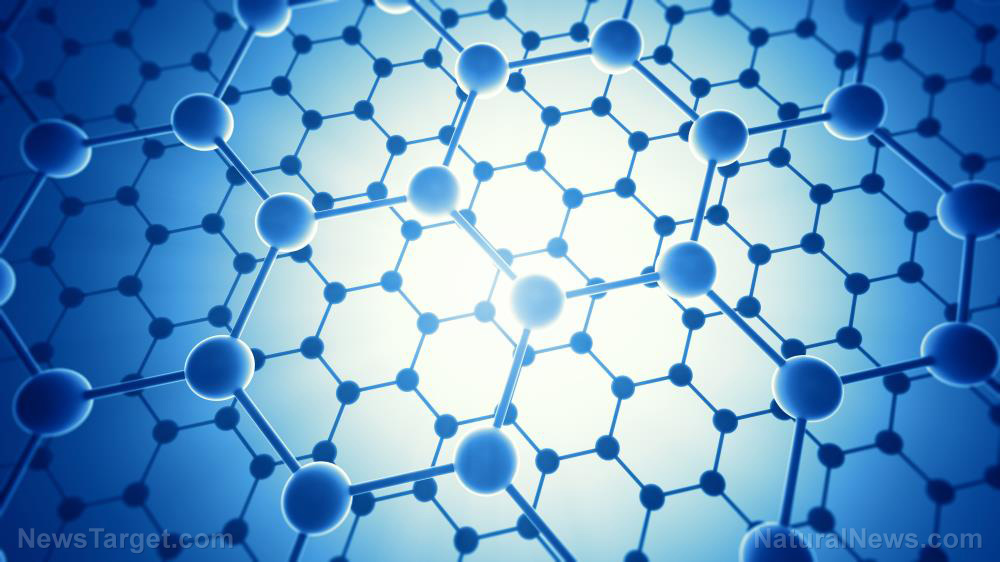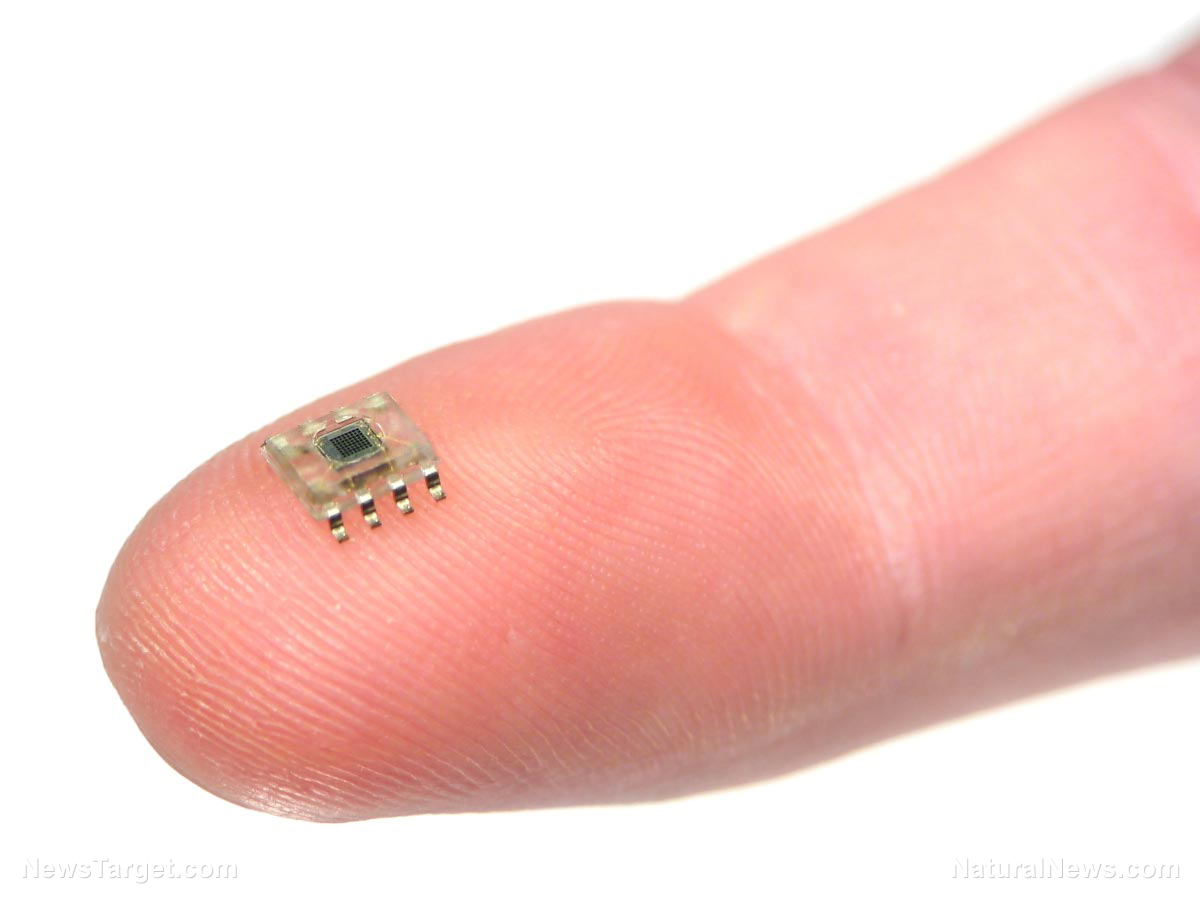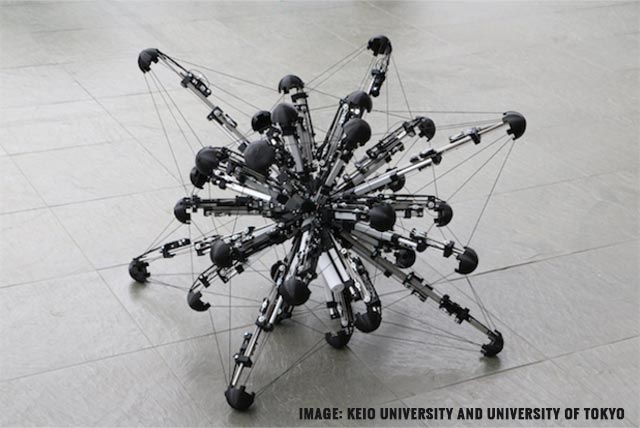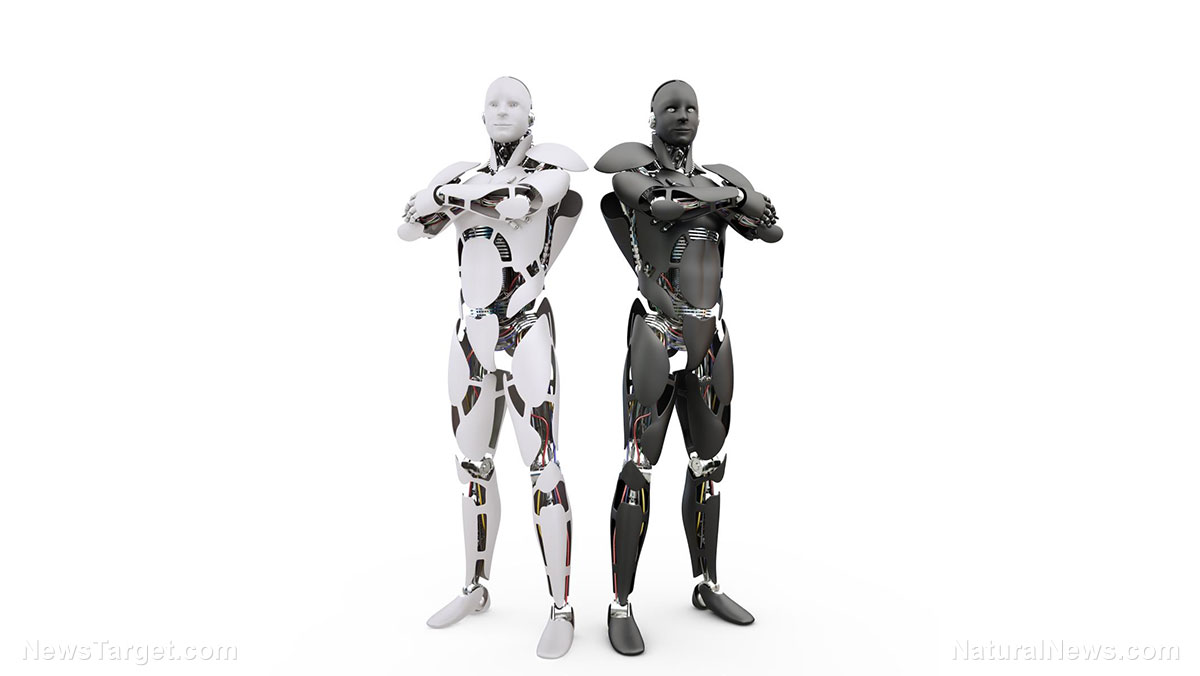Researchers unlock the extraordinary potential of graphene
02/23/2019 / By Edsel Cook
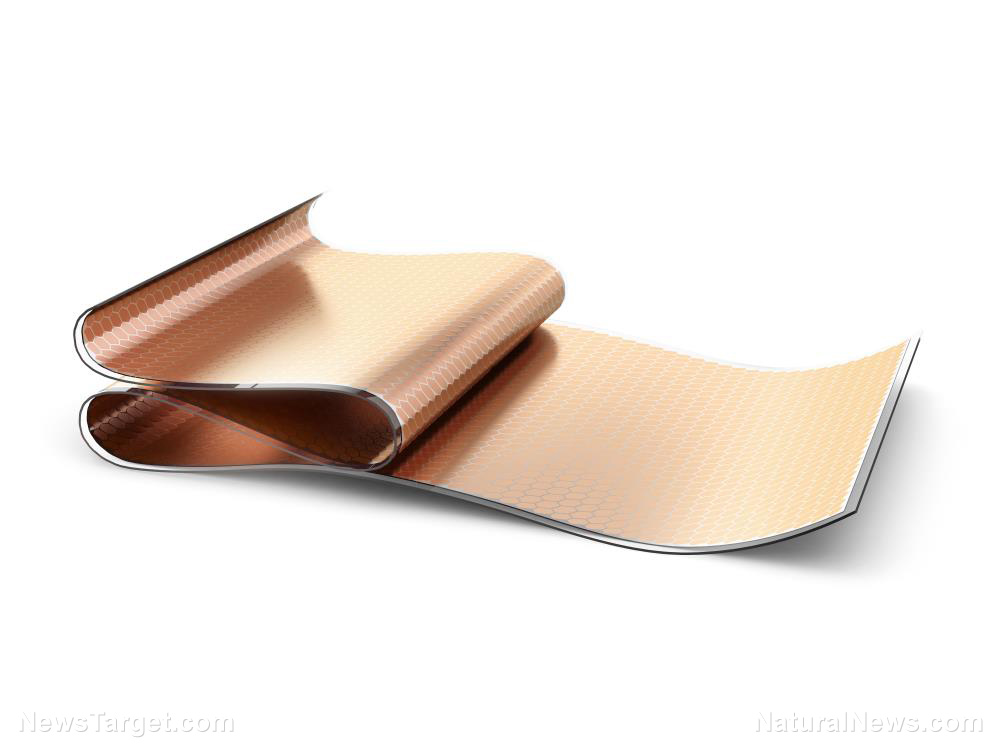
There is a good reason why graphene has failed to live up to its hype as a revolutionary “supermaterial,” Australian researchers revealed. They found that silicon contaminants in the graphite raw material are to blame for its under-performance – and if the impurities can be eliminated, graphene can finally attain its true power as an electronics material.
Not only is graphene the strongest substance known to man, it is extremely flexible, transparent, and is far better at conducting heat and electricity than copper. The proud owner of 2010’s Nobel Prize for Physics, it was expected to transform electronic devices as we know them.
So where are the flexible electronics, lightning-fast computer chips, super-efficient solar cells, refined water filtration systems, and hyper-sensitive sensors that researchers promised us? The examples of these devices simply did not perform as advertised, and the industry proved reluctant to adopt it.
In a study published in the journal Nature Communications, RMIT University (RMIT) researchers tracked down the cause of this disillusioning performance. It seemed that even the least bit of silicon in graphene will hobble the performance of the supermaterial. (Related: New study finds that toxic chemicals found in nail polish enter women’s bodies just hours after application.)
Silicon impurities can take away half of graphene’s capabilities
The Australian research team acquired samples of graphene from commercial suppliers. They pored over every atom of the material with a powerful instrument called a scanning transition electron microscope.
RMIT researcher Dorna Esrafilzadeh reported that commercial graphene contained large amounts of silicon impurities. These contaminants came from silicon that was naturally intermixed with graphite, the raw material used to make graphene.
Esrafilzadeh theorized that the silicon impurities are to blame for the inconsistent performance of graphene in numerous studies. She also believed that similar contamination also hampered other two-dimensional materials that are only a single atom thick.
“Graphene was billed as being transformative, but has so far failed to make a significant commercial impact, as have some similar 2D nanomaterials,” she said in the paper. “Now we know why it has not been performing as promised, and what needs to be done to harness its full potential.”
The evaluation also showed that the presence of silicon impurities could decrease the performance of graphene materials by as much as 50 percent in electrode testing.
Pure graphene devices breaks all records and achieves theoretical values
The two-dimensional property of graphene is its greatest strength and biggest weakness. A sheet of the material has the thickness of a single atom. Since a lot of these sheets can be crammed into thin spaces, they are perfect for storing large amounts of electricity and enabling sensors that need large surface areas.
However, that same thinness makes graphene highly vulnerable to contaminants that end up on its surface. So the RMIT researchers stressed the importance of using the purest quality of graphite to create similarly unadulterated products.
To prove their point, they used sheets of the purest graphene to build a supercapacitator, an energy storage device with higher capacity for energy in exchange for lower voltage limits. Experimentation showed that the prototype energy storage device could hold a massive electrical charge.
Esrafilzadeh and her team further noted that their graphene supercapacitator set a new record in terms of electrical capacity. In fact, the device came close to the theoretical values that graphene is supposed to reach.
In another experiment, the Australian researchers put together a humidity sensor using pure graphene sheets. The finished electronic displayed considerable versatility, maximized sensitivity, and the lowest limit of detection for such sensors.
Esrafilzadeh hoped that ensuring the purity of graphite will finally unlock the full potential of graphene.
Sources include:
Tagged Under: breakthrough, Chemistry, discoveries, electronics, future science, Graphene, graphene technology, graphite, inventions, materials science, physics, research, Silicon, supermaterials




